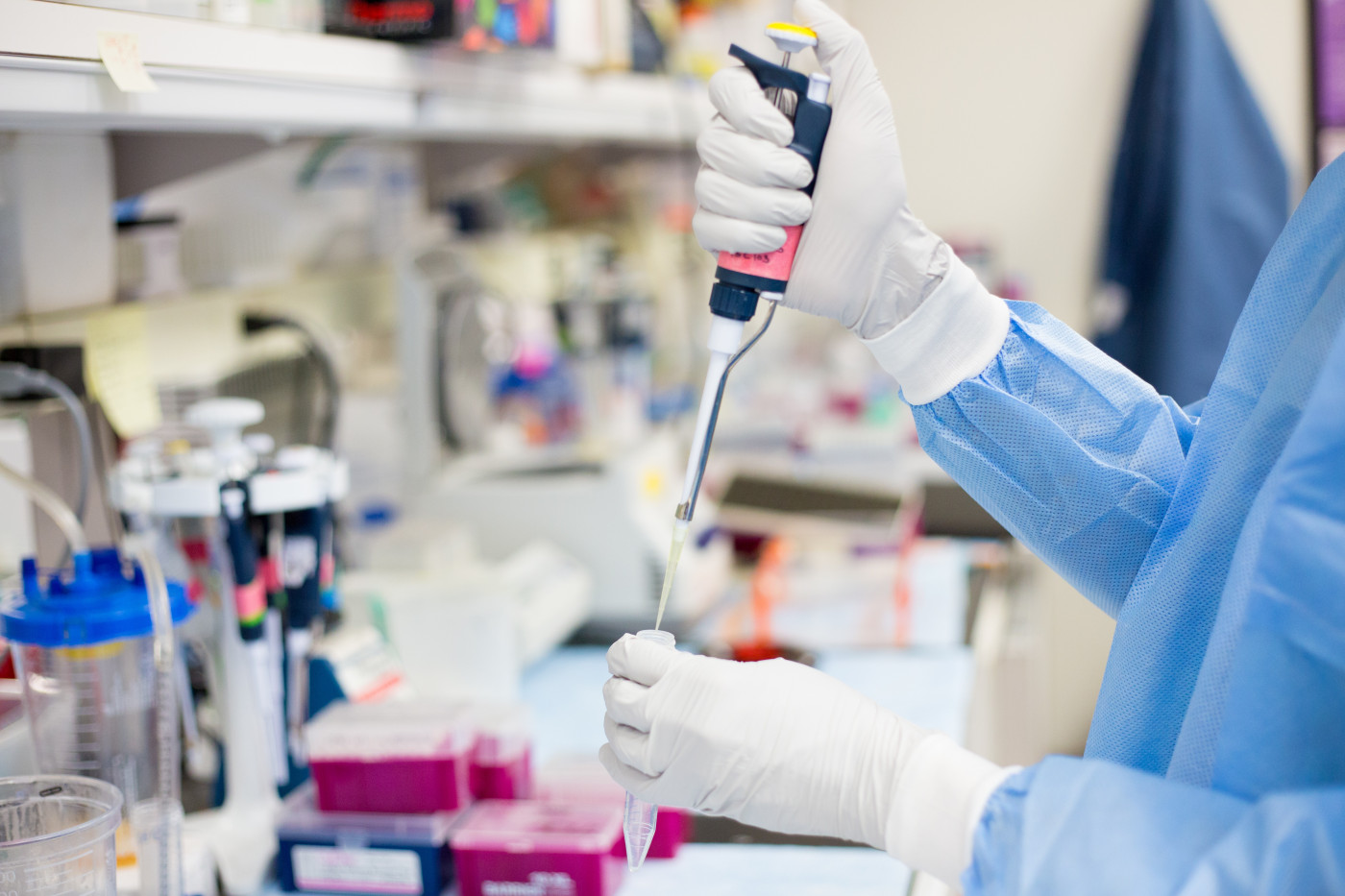Oral Melatonin Seen to Protect Against Signs and Symptoms of PAH, Study in Mice Reports

Melatonin, a natural hormone involved in sleep and believed to protect against cardiovascular diseases, may help to relieve the signs and symptoms of pulmonary arterial hypertension (PAH), an early study in mice reports.
In mice, melatonin protected lung blood vessels from damage, and inactivated proteins responsible for setting off inflammation. While this is very preliminary work, the new data support melatonin as a potential therapy for PAH, its researchers said.
Their study “Melatonin inhibits inflammasome-associated activation of endothelium and macrophages attenuating pulmonary arterial hypertension” was published in the journal Cardiovascular Research.
Melatonin is produced in the brain following a circadian (daily) rhythm, peaking at night and decreasing during the day. It travels through the blood and cerebrospinal fluid (the fluid around the brain and spinal cord) to all areas in the body, conveying signals to tissues and organs that ‘tell’ them it is nighttime.
Numerous studies have suggested that melatonin is a powerful antioxidant that plays a protective role against many cardiovascular diseases, including pulmonary hypertension (PH).
In fact, melatonin was seen to relief the signs and symptoms of PH in different mouse models and in newborn sheep. However, the clinical basis and exact molecular mechanisms underlying these beneficial effects are unknown.
A team of researchers from China and Poland investigated melatonin’s role in normalizing blood vessel function in people and mice with PAH.
Knowing that inflammation is closely related to the development of PAH, and that melatonin can exert immunoregulatory effects, researchers focused on the role of melatonin on the inflammasome — a multiprotein complex responsible for triggering inflammatory responses in certain immune cells.
They began by comparing the levels of melatonin and pro-inflammatory molecules (cytokines) in the blood of 15 patients with PAH (ages 32 to 59), and eight healthy donors.
Results showed that daytime melatonin concentration was lower in PAH patients than in people without the disease — 11.06 versus 14.55 pg/ml. Conversely, PAH patients had higher blood levels of interleukin-1β (IL-1β), a pro-inflammatory cytokine associated with the disease.
Next, to explore the potential benefits of melatonin, they treated different PAH mouse models with an oral formulation of the hormone.
Melatonin had a number of evident beneficial effects. It reduced right ventricular systolic pressure (RVSP; blood pressure at the heart’s right lower chamber), right ventricular hypertrophy (RVH; abnormal enlargement of the cardiac muscle surrounding the heart’s right lower chamber), and protected against the remodeling of vessels carrying blood from the heart to the lungs.
A detailed analysis under the microscope revealed that melatonin was able to reduce the thickness of pulmonary arteries walls, a hallmark of PAH.
In further experiments, the team showed that melatonin was acting on two fronts.
On the one, it prevented lung inflammation by reducing the number of macrophages — an immune cell type involved in inflammation — and by reducing the formation of inflammasomes and dampening the production of IL-1β in macrophages.
One the other, melatonin directly protected against endothelial injury — damage to the cells that line blood vessels — that is an important cause of PAH.
Overall, “these results show that melatonin broke the endothelial and macrophage interconnection under the PAH condition, and suggest that melatonin has clinical value as a therapeutic approach to alleviate PAH,” researchers wrote.
“The fact that melatonin is an endogenous hormone, may present an advantage for PAH therapy. Our data provide a theoretical basis for applying melatonin clinically, and inflammasomes may be a possible target of PAH treatment,” they added.
The team also noted that this was the first study “to report a decrease in melatonin levels in patients with PAH, which provides insight to investigate melatonin or other circadian rhythm-related factors in the etiology of PAH.”







